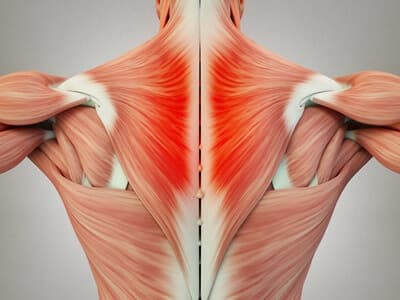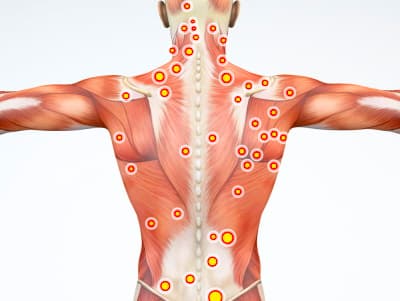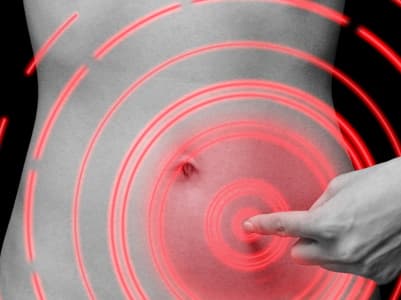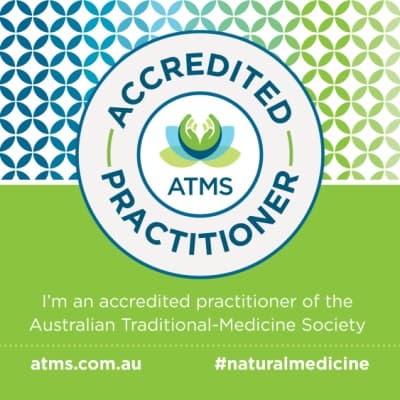Adelaide - Pasadena 5042

What is Trigger Point Massage Therapy?
Trigger Point Therapy is not just one among many forms of manual therapies which help to relieve your pain.
It is in fact possibly the best manual therapy for pain in that it directly addresses the root cause of about 75 percent of chronic undiagnosed pain, namely trigger points. Myofascial trigger point syndrome (MPS) continues to be one of the most commonly missed diagnoses.1
Trigger Point Therapy is a powerful therapy which is rapidly being recognized all over the world. But still not everybody has heard of it, and as a result many people suffer unnecessarily from chronic muscular pain for years or decades.
Trigger point massage aims to deactivate those sore spots in muscles which can send out pain to just about every part of your body (e.g. your back, head, legs, knees, arms, fingers, abdomen, chest). This pain can be so severe that in some cases it can render you incapable of standing and only able to crawl.
Trigger Point Treatment
At ToThePoint Massage, trigger points are treated by sustained pressure or short massage strokes over the sore spots. This increases the blood flow, which in turn brings more nutrients to these malnourished muscle parts.
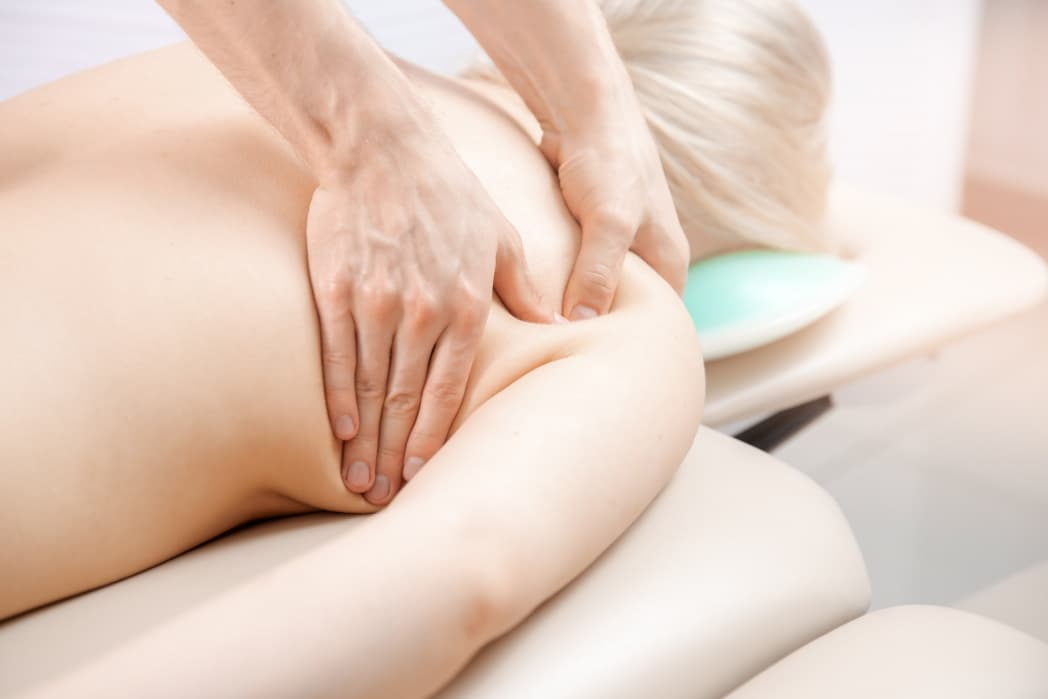
Sometimes one session is enough to take away all pain, but often several sessions are needed, especially when the problem is more complex. Like every other natural treatment, trigger point massage therapy takes time because it aims to activate your self-healing mechanisms.
If your muscle pain hasn’t gone after a few sessions, we will also look for perpetuating factors which keep your trigger points active. This can include other muscles, or simply be a result of ongoing misuse of the original muscle, which is causing your pain.
Massage Therapy for Trigger Point Treatment
Myofascial trigger point massage therapy is particularly well suited to address the problem of trigger points:
First of all, massage therapists who are trained in trigger point therapy are well versed in locating muscles, trigger points, and the referred pain these cause.
Secondly, massage aims in one session to treat all muscles which work together. After this you should feel not only less pain but also loosened up and more relaxed.
However, if your pain or stiffness has been a long standing problem and many muscles have come out of balance, this goal might not be achievable in one session alone.
If you want to release several muscles fully it might take several weeks or months to achieve, but you should be able to see an improvement after a short time. The aim is to find a new muscular balance for your body so that all muscles can work together in harmony without creating pain.
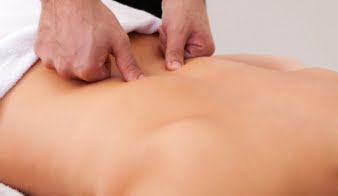
Your feedback is crucial
At ToThePoint Massage we encourage all clients to participate actively in their treatment in order to speed up recovery time. We want you to get better as soon as possible.
This starts by your filling out our intake form for new clients and pain questionnaire for more complex problems.
Very important, too, is your feedback regarding the location of your sore spots, your reaction to pressure during massage, and referred pain sensations.
Each time you see us we are interested to know how you felt after the last treatment, how you feel your situation has improved and whether any new pain has presented.
Pain during a Trigger Point Massage
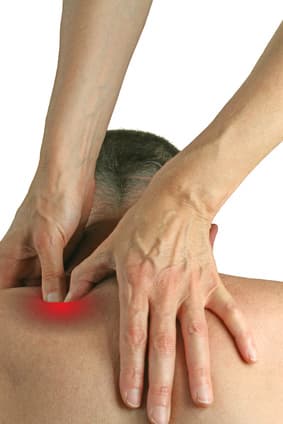
Trigger Point Therapy always involves enduring some pain while a massage therapist is pressing on your sore spots. Some people are anxious about the thought of adding even more pain to what they already have to endure.
It might be comforting for you to know that it is not necessary to be overly brave. If the pressure is too much, your muscles will tense automatically, and this would be counteractive to healing. We need you relaxed to ensure it works.
On the whole, most clients report how much relief they feel when finally someone locates and treats their painful spots because they had subconsciously known that their problem had been right there.
When using our online scheduler to book your trigger point therapy, please choose "remedial massage".
Further Readings
Sources:
[1] www.ipts.org.il/_Uploads/dbsAttachedFiles/Dommerholt.pdf
(evidence based review of the (current) scientific review of myofascial trigger points)
www.medind.nic.in/jau/t13/i1/jaut13i1p40.pdf
www.pain-education.com/myofascial-pain-references.html
